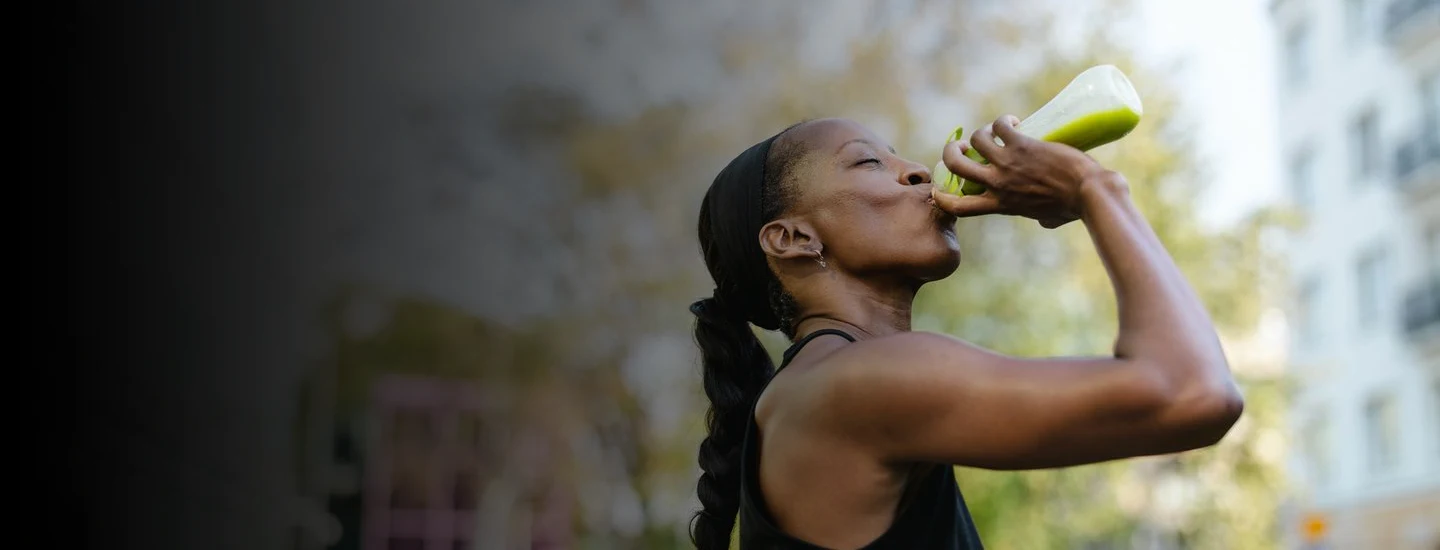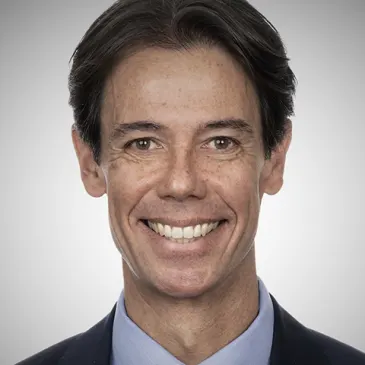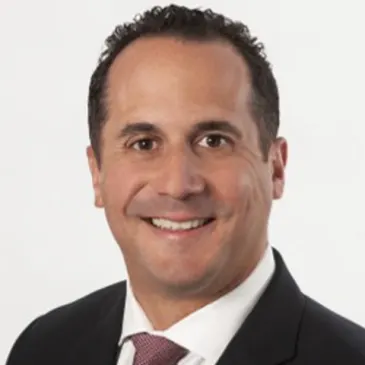A new wave of medications has dominated the headlines and is ready to shake up the beverage industry. The rapid adoption of GLP-1 receptor agonists - marketed under names such as Ozempic, Wegovy and Mounjaro - is driving fundamental change in the way alcoholic and non-alcoholic beverages are consumed.
Treatments first developed to tackle diabetes have gained popularity to aid weight loss. That’s altering appetites and consumption patterns, rippling along grocery aisles and restaurants alike.
AlixPartners explored the potential impact of GLP-1 therapy on beverage consumption based on existing studies. We discuss how beverage companies can capitalize on new drinking patterns and defend against the changes.
The wider consequences of GLP-1 adoption are evolving. The early evidence suggests an unfavorable impact on categories including soft drinks and alcoholic beverages. Functional drinks such as protein shakes may enjoy an additional tailwind.
What are GLP-1 drugs?
GLP-1 treatments mimic hormones that regulate appetite and digestion, effectively making users feel fuller for longer. This aids weight loss and can reduce cravings for high-calorie foods and beverages.
Consider the numbers. Global sales of GLP-1 drugs have soared at a compound annual growth rate of 36% over the past five years, according to the International Diabetes Federation. Prescriptions in the U.S. doubled in 2023 from the previous year, with more than 5 million Americans now taking GLP-1s. Morgan Stanley estimates this could rise to 31.5 million by 2035, some 9% of the U.S. population.
How is GLP-1 adoption impacting beverage consumption?
There is mounting evidence that the appetite-suppressant effects of GLP-1 drugs could drive meaningful change in beverage consumption patterns.
GLP-1 patients in the U.S. cut their grocery spending by an average of 5.5% in the six months after taking the medication, according to a study by Cornell University and consumer-insights group Numerator. The impact was the same regardless of whether the medication was taken for weight loss or to treat diabetes.
Consumers on GLP-1 medications had a stronger tendency to shift from high-sugar, high-calorie dietary content. Soft drinks were unsurprisingly the most disrupted in the beverage category, followed by coffee, energy drinks and juices.
| Table 1: Impact of GLP-1 on Beverage Consumption | |
| Category | Average Annualized Impact (%) |
| Soft Drinks | -7.0% |
| Coffee & Energy Drinks | -4.0% |
| Juices | -4.0% |
| Alcohol | -1.4% |
| Water | -0.5% |
| Source: Cornell, Numerator. Data are for six months after taking the medication | |
Investors react and opportunities emerge
It’s become increasingly apparent that GLP-1 treatment may have a negative impact on alcohol consumption. A study published by the American Medical Association found that 45.3% of GLP-1 patients who previously had at least one drink per week reported a drop in their alcohol consumption after starting to take their GLP-1 medication. The study analyzed data from over 14,000 members of WeightWatchers and was commissioned after many taking anti-obesity drugs reported a reduced desire for alcohol.
A study by Morgan Stanley reported that 63% of GLP-1 users spent less on restaurant dining and takeout after taking GLP-1s, in part because of lower alcohol consumption.
Although proof of the impact of GLP-1 drugs on alcohol consumption is not definitive yet, investors are unwilling to wait much longer for more evidence. Terry Smith, a well-known UK fund manager, said in his recent annual shareholder letter that he’d sold his stake in Diageo, maker of Guinness and Johnnie Walker whisky. He wrote: “[…] we suspect the entire drinks sector is in the early stages of being impacted negatively by weight-loss drugs. Indeed, it seems likely that the drugs will eventually be used to treat alcoholism, such is their effect on consumption”.
It’s not all bleak news for the beverage sector. Sales of functional drinks are already rising and can be propelled by GLP-1 usage. Protein shakes, protein powders and meal replacements can have important roles to play in providing GLP-1 users with a healthier, more balanced diet. The nutritional value of those beverages can act as an important dietary supplement, particularly since GLP-1 therapy can result in the loss of lean muscle mass. Coincidently or not, sales of protein and meal replacement liquids rose 11.1% to $4.7 billion in the 52 weeks to June 19, 2024, according to SPINS, a U.S.-based data provider.
How are beverage companies adapting (or not)?
In general, the beverage industry has been treating the expansion of GLP-1 use with measured caution.
The two soft drinks giants have largely downplayed the potential impact of the drugs on their business. Coca-Cola seems to acknowledge the potential risks and has reassured investors that it’s actively monitoring trends. However, management has been quick to point to low and no-calorie options within its existing beverage portfolio as the first line of defense. PepsiCo has had an even more muted response and categorized the effect of GLP-1 drugs as “negligible”.
The same is generally true in the alcohol industry. “We don't have data to suggest that that's having a meaningful impact on the alcohol space”, said Gavin Hattersley, CEO of Molson Coors, during its quarterly earnings call in April 2024. The sentiment seems to be shared by AB InBev. Many brewers, wine makers and spirits producers remain silent on the topic.
So far, Nestlé has been a noticeable exception. CEO Mark Schneider said it views the rise of GLP-1 drugs as an opportunity rather than a threat. Nestlé identifies a particular opportunity in serving the protein, vitamin and gut health needs of GLP-1 patients and is investing heavily in brands such as Boost, Vital Protein and Orgain. It launched its Boost Pre-Meal Hunger Support protein drink at the end of last year, aimed at individuals taking GLP-1 drugs or other weight-loss medications.
Four no-regret actions for beverage companies
The GLP-1 phenomenon is in its early days, but the path of its development seems clear.
Here are four no-regret actions to help beverage companies stay ahead of the curve, avoid being blindsided, and protect/create value more effectively as GLP-1 usage increases:
1. Drive deeper GLP-1 consumer insight
GLP-1 studies are still preliminary. They lack the level of granularity and insight needed to drive meaningful and targeted action. The impact of GLP-1 medications on consumer behavior is likely not uniform across dietary segments, beverage categories and drinking occasions. Understanding those nuances will be critical for beverage companies to craft a tailored response.
2. Assess and adapt your product portfolio
Availability of lower-calorie, lower-sugar beverage options is a key starting point in creating a GLP-1-friendly portfolio. Functional drinks that enhance hydration and support digestion and lean-muscle build are likely to attract GLP-1 users.
Smaller portion sizes may also play a role in portfolio adaptation. Non-alcoholic beers and mocktails can also harness initial GLP-1 disruption. Plant-based adaptogenic drinks that help tackle stress and anxiety could also become components of GLP-1-based treatments.
3. Refine your marketing strategy and messaging
Researchers are also uncovering the emotional effects of GLP-1 therapy on users themselves. Despite general enthusiasm associated with forging a path to better health, some GLP-1 patients seem to experience mixed emotions, including anxiety about societal stigma and judgment, self-blame for “cheating my way out”, sense of guilt for “hating my former self”, and fear of drug dependency or side effects. Understanding those very real human feelings can help beverage companies create more tailored and effective marketing strategies.
4. Forge partnerships across the GLP-1 ecosystem
GLP-1 therapy that may create opportunities for beverage companies to rethink their go-to-market and commercial-execution strategies. Collaborating with the pharma sector can leverage the use of medical-grade ingredients and adopt clinical research methods to create more effective formulations targeting GLP-1 users.
Working with medical professionals treating GLP-1 patients provides another avenue, including finding a place on doctor-recommended diets and weight-loss programs. The pharmacy channel will likely take a more prominent role in fulfilling the grocery shopping needs of GLP-1 users. This may create opportunities for beverage companies to negotiate different in-store placement and merchandising opportunities with retailers.
By embracing these no-regret moves, beverage companies can navigate the potential GLP-1 disruption while seizing opportunities in this shifting landscape.




